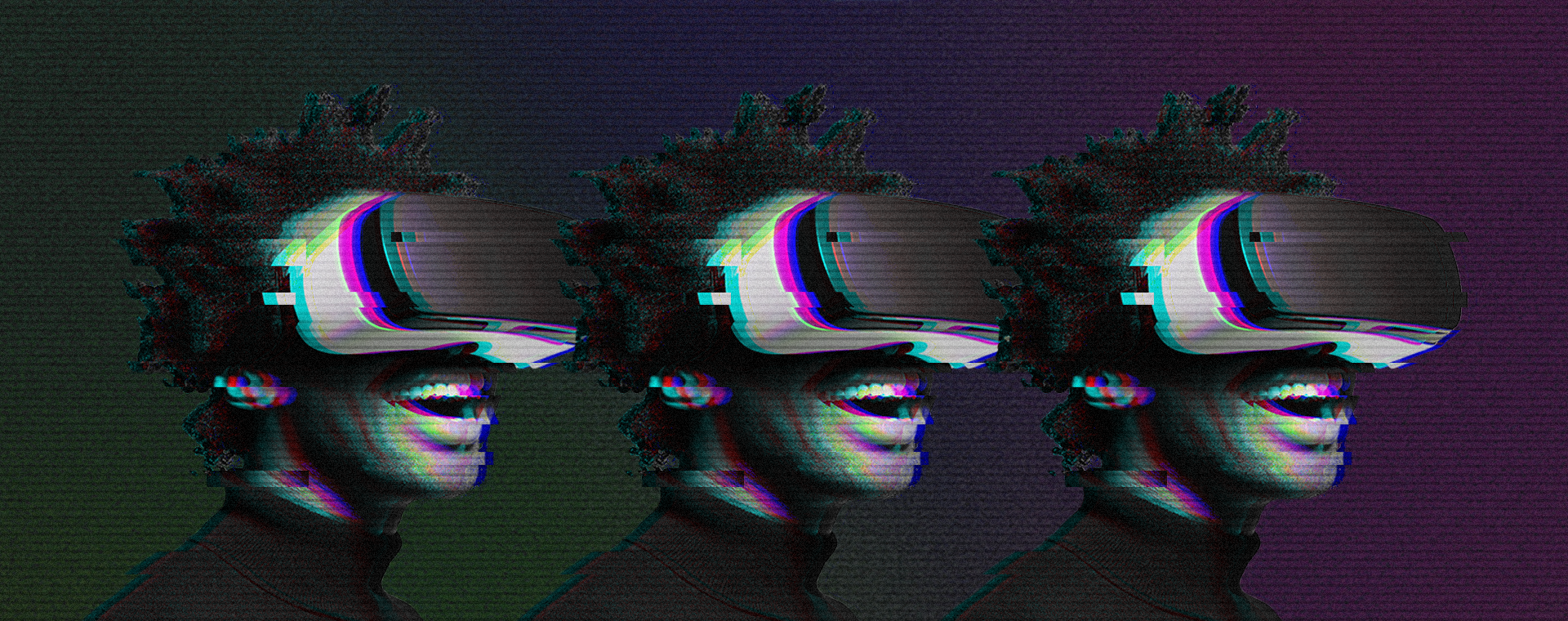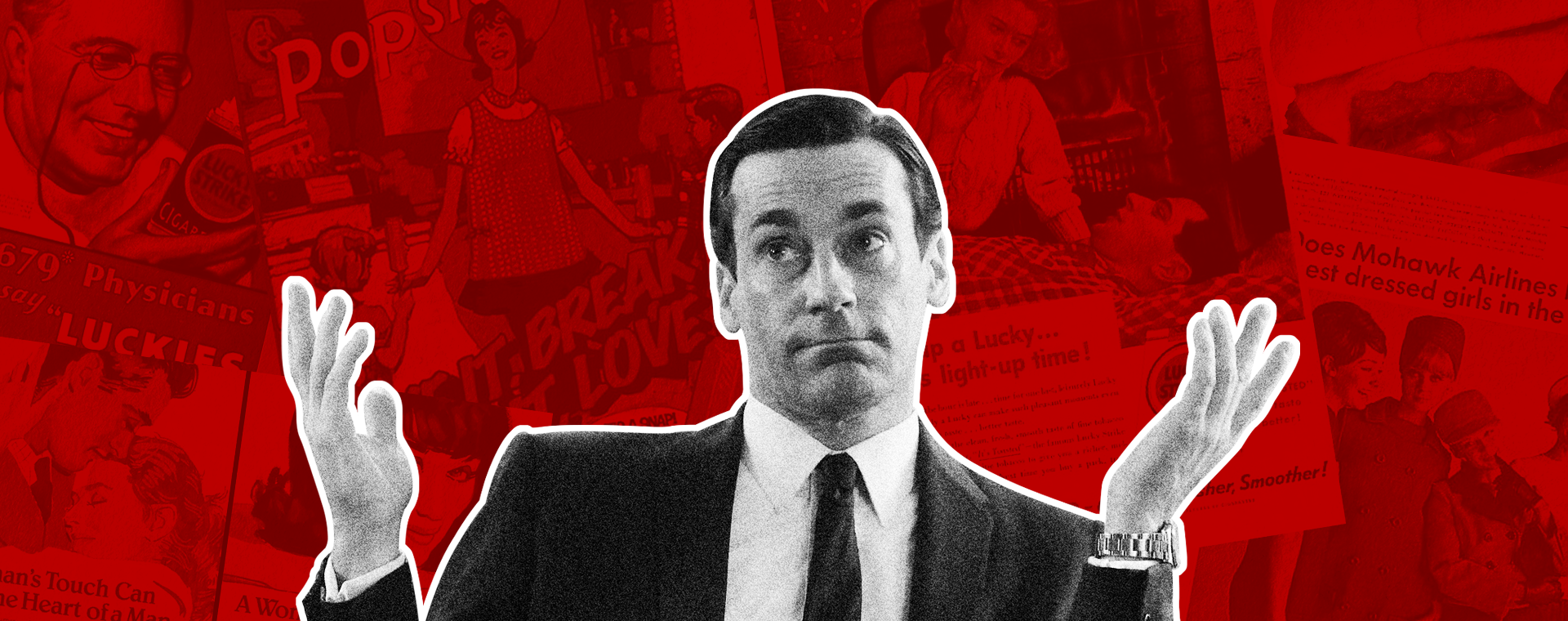Fortnite is creating a new world of marketing opportunities
By: Kaleigh Bulford
July 19, 2019 | Reading Time: 4 mins
I admit it. I, an (allegedly) adult woman, love Fortnite. I’ve spent an embarrassing number of hours playing it and yes, that was me dressed up as Brite Bomber last Halloween wandering the halls of Catalyst. Do my coworkers tease me relentlessly? Sure. But this isn’t about how tragically uncool I am, or how I’m definitely the most hardcore gamer at Stryve, this is about Fortnite’s transformation from popular game to marketing platform powerhouse.
It’s a cultural phenomenon
If you haven’t heard of Fortnite you must have just returned from a 3-year expedition to Antarctica where you were alone with no internet. From professional athletes celebrating their goals with Fortnite dances to gameplay being included in blockbuster movies, it’s everywhere. A popular Fortnite streamer was even the first e-sports athlete featured on the cover of ESPN. I told you video games weren’t a waste of time, mom.
A good marketer follows their audience, and Fortnite’s is huge. With over 250 million users as of March 2019, that’s more than Snapchat. Their audience is also extremely dedicated, with the average user clocking 6-10 hours of playing time per week. That’s a lot of time spent on Fortnite and a lot of time not spent surfing the web or browsing social media. If your target audience is young men, this should be extra intriguing.
Marketing in games isn’t new
Fortnite wasn’t the first game to make this connection. Advertising in video games has been around for a long time, with the earliest known example in the 1978 computer game Adventureland, which included an ad for its next game, Pirate Adventure.
Marketing in gaming isn’t as niche as you may think. In 2014, it was a $1 billion dollar industry and Forbes anticipated it would grow to $7.2 billion by 2016.
There are many examples of in-game marketing beyond the most obvious examples of advertising in sports games, wherein game developers recreate sports arenas and sell ad space just like their real-life counterparts. For example, marketers have purchased virtual real estate in MMORPGS, like Second Life, and it was only a few years ago that McDonald’s was sponsoring Pokestops during the Pokémon Go craze. Another creative example? In Everquest II (another game I lost a portion of my life to) there was an in-game command-line that allowed players to order Pizza Hut without ever logging off.
But does it work?
Even when a game is a good match for your audience, measuring ROI is a challenge, which could be the reason so many advertisers shy away from it. However, a 2010 Nielsen study of 100,000 U.S. households that purchased at least one of six EA SPORTS™ titles, showed that in-game advertising increased household dollars spent on Gatorade by 24%, with a return on investment of $3.11. In another study, preliminary results showed a 5x increase in unaided brand awareness over TV advertising, with gamers able to recall with 80% accuracy “which advertiser allowed them to play the game for free”.
With Google’s cloud gaming platform, Stadia, on the horizon, this might be a problem of the past. Google is the king of ad platforms and I would be surprised if they weren’t planning on using Stadia to tap into marketing analytics.
Time (and attention) is finite
We live in a world full of distractions. It’s getting harder and harder to get and keep people’s attention. This is where Fortnite shines, with players literally spending billions of hours in the game (and even more hours watching Fortnite videos on Youtube). While television allows you to grab snacks and refuel during commercials, gaming forces users to maintain focus — even in the face of advertising.
With the prevalence of ad blockers and most people using multiple devices at once, advertisements embedded into a medium where attention is key is a natural step for marketing.
Fortnite In-Game-Advertisements
Not a video game nerd like me? Here are some of the biggest marketing campaigns that have been run on Fortnite:
While collaborating with Epic Games on in-game events or game modes is probably not feasible for all brands, there are some more attainable options like content marketing and PR opportunities. Some advertisers have jumped on the Fortnite bandwagon by creating and sponsoring Fortnite-themed content. Brands such as Dollar Shave Club, Blue Apron, 1-800 flowers, Honey, and Casper have all seen success from getting in on it early.
Creativity, authenticity, and entertainment are the keys to success
You can’t just slap your logo on an item, throw it in the game and expect great results. Gamers expect more. The most successful campaigns have been creative, authentic, and most importantly, entertaining.
It’s not for everyone…yet
While some brands have seen success with marketing on Fortnite, ads that feel forced or intrusive haven’t been well-received with gamers. Ads that try too hard to fit in, lack originality, and are too ‘ad-like’ have been rejected by the community.
Of course, this is true on all platforms. No one likes disruptive ads, but gamers are a particularly fickle group (a lesson EA learned all too well). Brands can get backlash for poor attempts at advertising, as Maxis and Nissan found out when they put a branded Nissan Leaf charging station into SimCity. Gamers didn’t appreciate the inclusion of a branded item that was overpowered and essentially acted as a cheat code.
Let’s see where this goes
Last year, I wrote about how VR marketing is a long ways off. While that’s still the case, Fortnite’s incredible success partnering with huge brands is definitely bringing us one step closer. Wherever your audience is, you should be there, too. Marketing isn’t getting any easier. Now more than ever, marketers will have to be willing to take bigger risks and be more creative than they ever have before.








